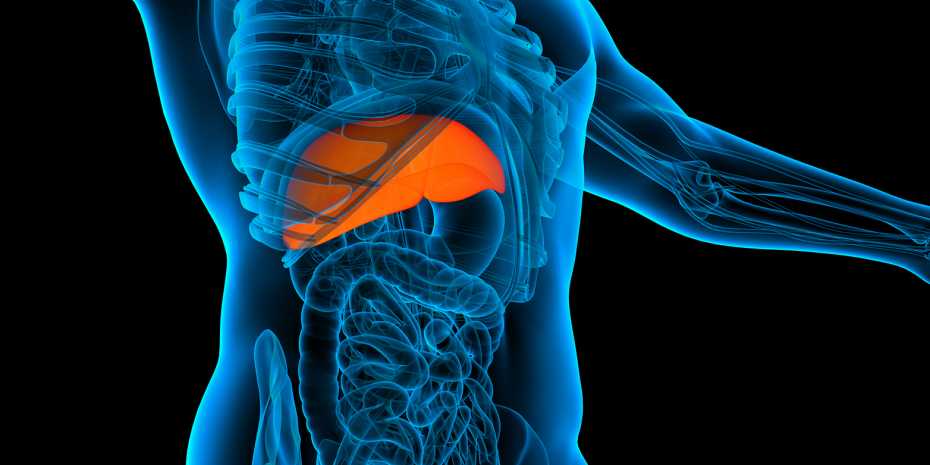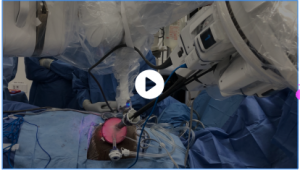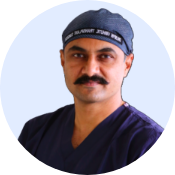Pravin Patole (Transplant Year: 2021)
Treatment : Liver Transplant
Saket Khadakkar (Transplant Year: 2021)
Treatment : Liver Transplant
Pravin Patole (Transplant Year: 2021)
Treatment : Liver Transplant
Saket Khadakkar (Transplant Year: 2021)
Treatment : Liver Transplant
Pravin Patole (Transplant Year: 2021)
Treatment : Liver Transplant
Saket Khadakkar (Transplant Year: 2021)
Treatment : Liver Transplant
Error: Contact form not found.

Fatty liver cannot regenerate itself. Fatty livers can not only impact the excessive drinkers but also obese and diabetic individuals. So, 70- 90% of individuals with obesity high blood sugar patients of fatty liver disease. Liver impairments occur to the middle age group, however, changed eating patterns have impacted the children too. Apart from Americans, Asians are rapidly are becoming patients of fatty livers.
Fatty Liver disease is impacting 25% of individuals each year on the global fronts. The majority of the people are linked with obesity, type 2 diabetes, and other disorders by insulin resistance. If fatty liver is not addressed on time, you might experience serious liver disease and health issues. Many doctors and researchers state that a healthy diet is the only way out curing fatty liver disease.
It is essential to maintain your weight to reduce the risks from regenerations defects of fatty liver disease. Fatty livers cannot regenerate after partial hepatectomy so you are having to be cautious about your weight and food consumption. Fatty liver disease occurs when some of the fat molecules are accumulated in the liver cells. Thus, the flattened cells can damage tissues that surround the liver.
5%- 10% of individuals develop NASH if they aren’t alcohol drinkers. NASH is to say to be a stable condition that enables individuals to live for a long period. Cascading issues can further lead to liver damage attempting the organ to regenerate. Regeneration culminates in the abundance of scar tissues with impaired function of the liver called cirrhosis.
If your body develops cirrhosis, your liver will stop working. That might result in liver transplantations and advance liver surgeries. An average adult can wait up to 135 days to receive transplants from deceased donors. Thus, in a transplant, the liver section is removed. In such a scenario’s liver can regenerate and grow to normal size. However, in the case of partial hepatectomy, liver regeneration stops.
GH pathway plays an important role in process of fatty liver regenerate through controlling and activation of the Epidermal Growth Factor Receptor (EGFR). This pathway is down-regulated in the case of NAFLD. Research is being conducted on two 2 steatosis model that co-relates genes and methionine &choline with the defects of liver regeneration. It is seen that a severe liver regeneration defect is identified after the partial hepatectomy than the deficient diet.
Thus, GH/ EGFR pathway downregulation is a generic mechanism that is responsible for fatty liver regeneration deficiency. The developed countries have adopted dietary habits due to which the Hepatic Steatosis has increased. In which, fatty infiltration predisposes the liver to develop chronic inflammation. This further results in non-alcoholic hepatitis thereby leading to liver disfunction.
Estimates evidence that 30% of people scheduled liver resection are active patients of steatosis. These patients have a complex mortality rate after resection is performed. Many clinicians are often interested in the research of the impaired regeneration of fatty livers. Cirrhosis is an extreme condition that can impact the functionality of your liver.
Patients can also experience liver cancer in varied conditions of cirrhosis. Risks factors of who can develop such extremes conditions are not determined until the recent studies. If you are an ardent consumer of alcohol, you can develop cirrhosis. NASH or NAFLD patients are far in better health scenarios than alcoholic steatohepatitis.
Also, if you are NASH and patient of fatty liver disease, you shall be more cautious about heart disease and strokes. The risks of cardiovascular attacks and disease are higher NAFLD than healthy individuals. Reasons behind high risks related to the inflammatory and fat afflicted liver which promotes damages in arteries. This further leads to blood clots that result in a heart attack or stroke.

If you are detected with fatty liver disease, you should consult your doctor for dietary help. Thus, changes in dietary plans and increasing physical activity are major treatments. You should avoid crash dieting as rapid weight loss can damage the liver. Weight loss has a direct impact as reduced weights fats in the liver is also eliminated.
Having an average and balanced weight will help in combating many harmful diseases and not just fatty livers. Control of blood sugar is highly impactful in reducing fatty liver disease. As mentioned, you may not show signs of fatty disease even you have developed NASH. Some times you might feel pain in the upper abdomen. So, the increase in the liver enzymes in routine blood tests indicate the incidents of NASH.
Imagining pictures that are obtained from ultrasound helps in diagnosing the fatty livers. The fats can be detected through CT, MRI, and ultrasound as the liver looks bright and white. However, these technologies are not reliable for making a diagnosis of fatty livers. Thus, NASH inflammation is not visible but fats can be seen. Some researchers use blood tests, samples of hormones, inflammatory factors, and liver enzymes for the detection of fatty liver. However, this is only successful in the initial stage.
Currently, the only biopsy is an effective way to detect fatty liver diagnosis. A long needle is inserted in the upper abdomen and a small piece of liver issues is extracted. Then, the tissues are examined under a microscope. Liver biopsy is complexed and risk procedures thus are performed on outpatients.
Diagnosing liver diseases is dependent on various factors like obesity, diabetes, or other liver trouble. Parts of the body are impacted if you are obese or diabetic. This impacts the metabolic processes of the liver. Which again leads to fatty liver and makes it difficult to regenrate after liver hepatectomy.
Fatty livers can occur at any age in today’s time. So, if you want to prevent fatty liver disease, you should focus on cutting down your fats. Because Weight Loss is the primary treatment for losing liver fats in adults that are diagnosed with NAFLD. It is regardless of whether you are achieving weight loss due to exercise or dietary plans. Three-month research suggests that reduced-calorie intakes impact the 8% loss in the overall bodyweight of obese people. Thus, showing a significant decrease in the fatty liver. Even if you put on some weight, liver fat improves.
6% of the liver fat is constituted of dietary fat in NAFLD patients. Fatty acids in the liver also contribute to liver fats. Approximately 26% of liver fat is formed in de novo lipogenesis. DNL converts the excess carbs into fats. The rate of DNL occurrences increases with a high intake of foods that are rich in fructose.
Also, physical activity is most effective in protecting the livers from fat accumulation. Research Studies suggests, that exercises and training help in a significant reduction of fat in liver cells. Thus, about 18% of obese adults experienced a decrease in liver fats by 18%. They were engaged in physical exercise for more than 30 minutes. Even if their body is stable, the reduction of liver fat is noticed.
You can also aim at working out for 150 minutes per week with moderate intensity. Exercises like walking, cycling can improve fatty livers without much impact on your weight. A balanced diet of fruits, vegetables, low fats, sugar, and salt manages NAFLD. You should stop smoking and drinking to reduce further risks of heart attacks and strokes. It is very difficult for liver to regenrate after liver hepatectomy
You can increase the intensity of exercise and physical activity depending on your endurances. High-intensity interval training is beneficial for a significant reduction of liver fats. Low-intensity exercises are also impactful in decreasing liver fats. You can choose physical activities that you are fond of.
Evidence reveals that fatty livers add high heart risks to people who are overweight. However, you can be relaxed to know that in majority cases fatty livers are stable. They do not result in liver impairments. Because Fatty liver disease does not involve expensive treatments. Thus, losing weight and dietary controls can benefit you if you are a fatty liver patient.

Transplantation is a treatment, not a cure. A kidney is an organ that filters waste from the blood and other fluids, and thereby removes it from the body in the form of urine....
Transplantation is a treatment, not a cure. A kidney is an organ that filters waste from the blood and other fluids, and thereby removes it from the body in the form of urine....